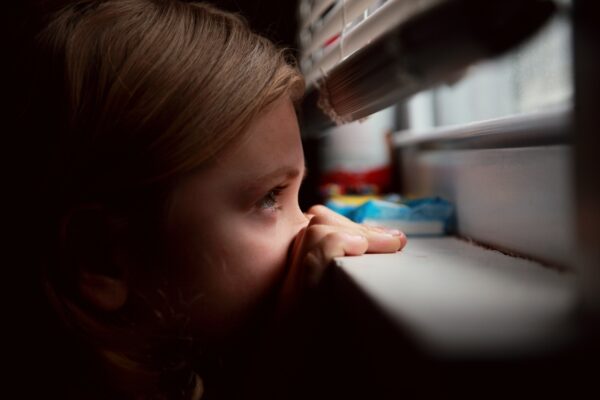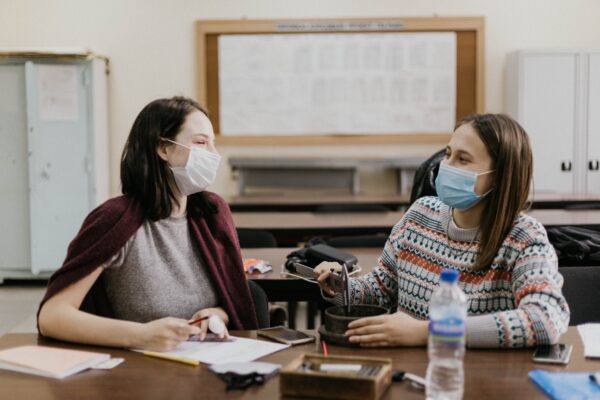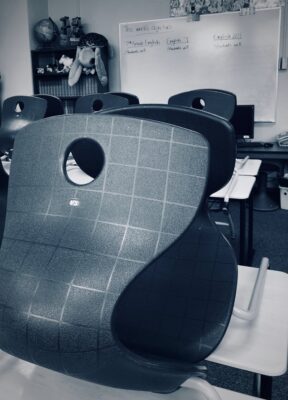I moved to the United States in the late 90’s during a wave of Slavic immigration to Washington State. The Soviet Union fell apart and the Eastern European countries under communist control were (and still are) filled with corruption as a result of the socialist dictatorship, offering few opportunities for economic advancement. In Ukraine people today buy test scores and degrees, bribe doctors to receive care despite having nationalized healthcare, and pay off the mafia to operate businesses. Last year my cousin was killed over two dollars. No wonder my parents decided to abandon everything they knew to seek new opportunities in the United States. Like thousands of other Slavs, my family moved to Washington State with nothing to their name.

You’re probably wondering how my personal story relates to school and school policy. For the past few years my district promoted trainings in diversity and equity, challenging staff members to examine their thinking and biases. The trainings coupled with personal experiences and anecdotes from other Slavic teachers and students made me realize that these trainings are often approached from a solely Americanized perspective often not accounting for the immigrant experience.








